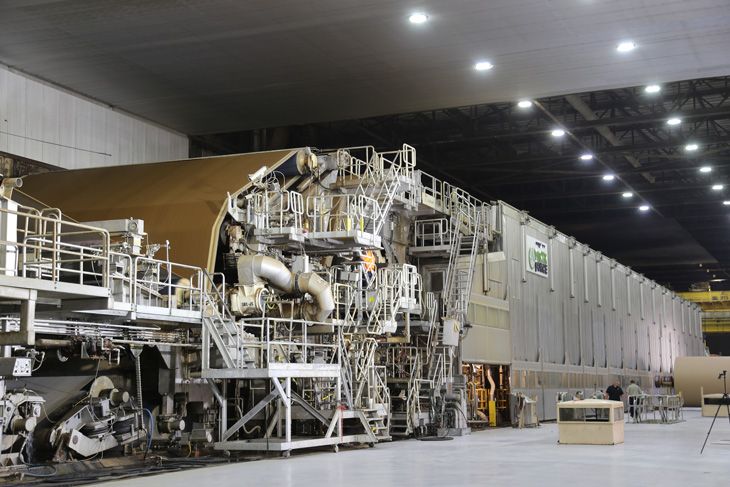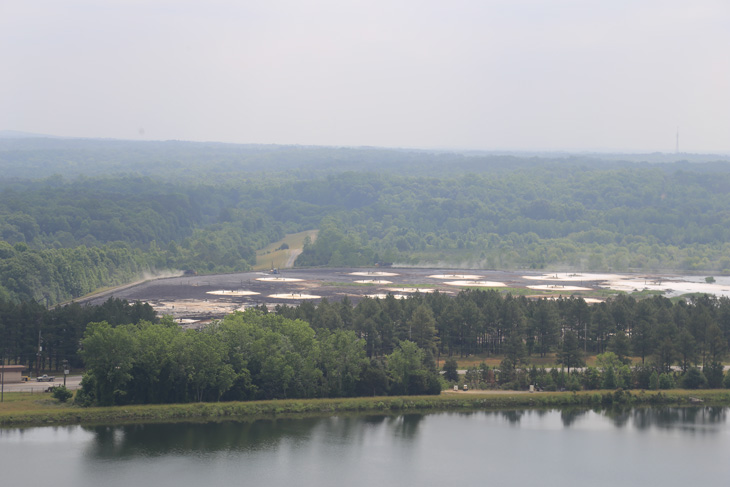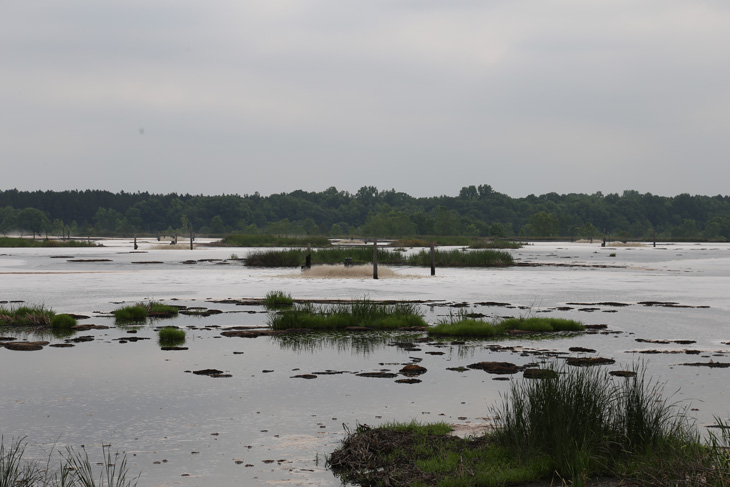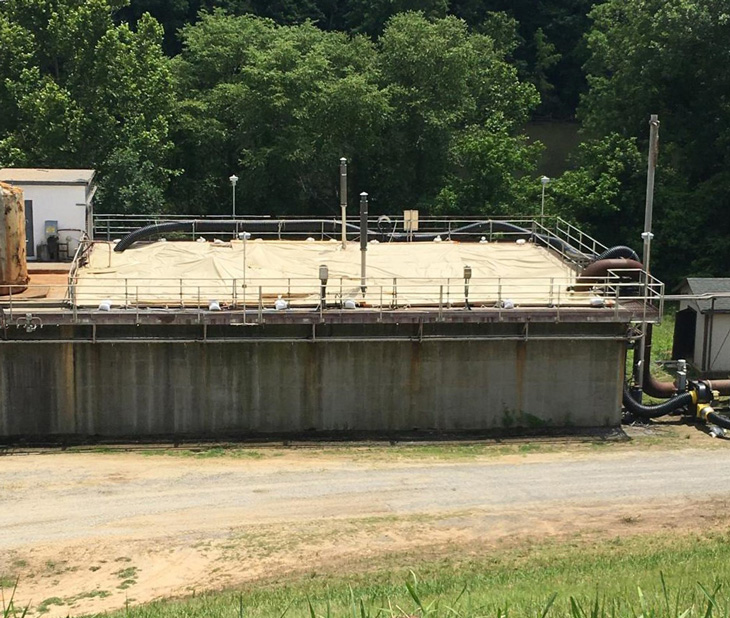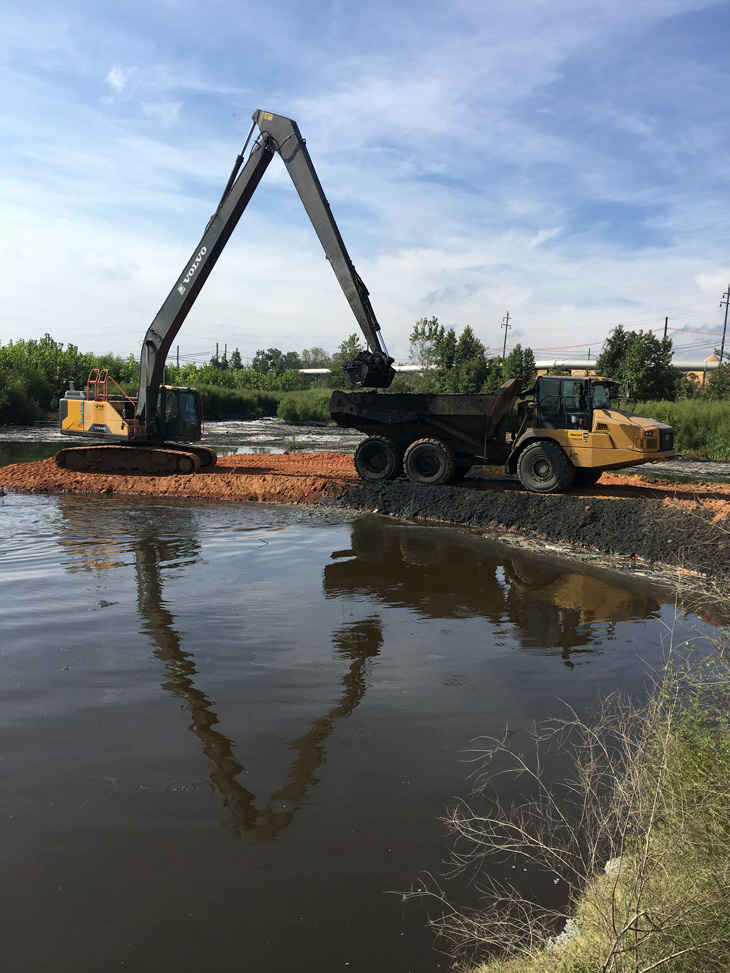Timeline

2021 – 2024 Mill Operations Timeline
Prior to 2020, the New-Indy Catawba mill produced mostly white paper, which was used by customers to print magazines, catalogs and similar materials. Last year, New-Indy converted portions of the mill to manufacture unbleached containerboard, which is used by customers to produce various packaging products. The mill was completely offline from May to September 2020 during the conversion process. The first stage of restarting production began in December and by February 1, 2021, the mill had restored operations. On February 8, 2021, New-Indy Catawba LLC sent DHEC a letter notifying it that New-Indy Catawba began operations of all equipment except the No. 2 Paper Machine within 15 days prior to that letter.
2021
Week of: March 1
Mar
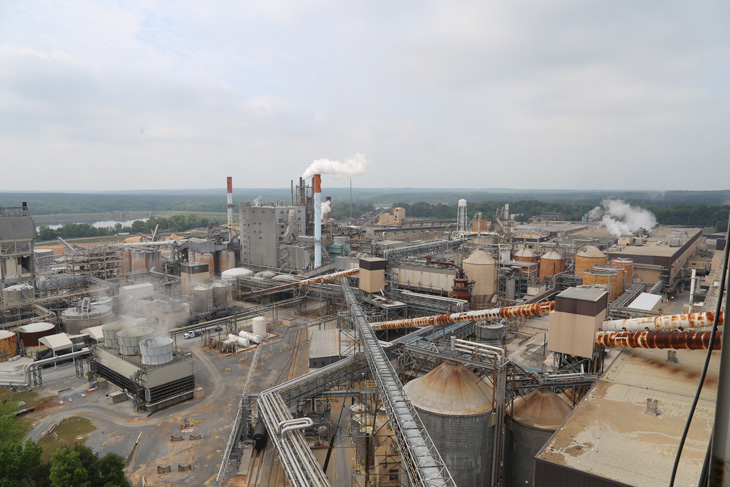
- Full mill odor survey conducted by external consultant
Mar
Week of: March 8
Week of: May 3
May

- Brought foul condensate steam stripper back into service
- Optimized calcium nitrate supplementation (split feed)
- Enhanced surface solids removal in ASB
May
Week of: May 10
Week of: May 24
May
- Installed on-site fence line H2S monitors in accordance with EPA regulations
- Activated company landing page
Jun
Week of: June 7
Week of: June 14
Jun
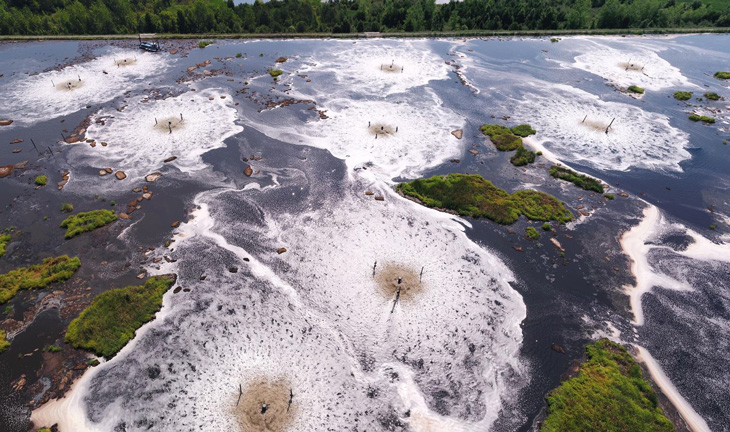
- Continued surface solids removal from ASB
- Added ferric chloride to Holding Pond 1 influent ditch
- Initiated hydrogen peroxide addition to Holding Pond 1
Week of: June 28
Jun
- Continued surface solids removal and aerator repairs
Jul
Weeks of: July 12 & July 19
Week of: September 13
Sep
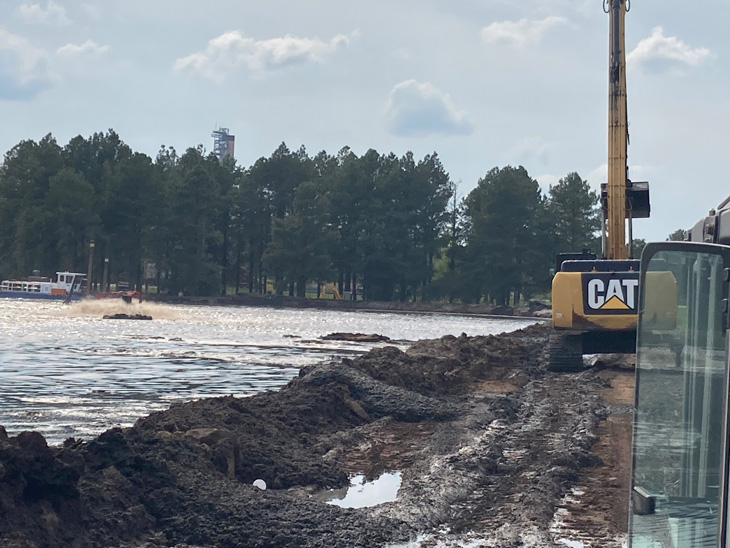
- Initiated the use of a second dredge unit on the ASB to continue the removal of sub-surface solids
Week of: October 25
Oct
- Initiated operation of a hydrogen peroxide diffuser running the length of #1 Holding Pond
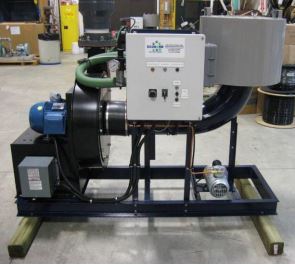
- NALCO Odortech system installed (Naturally reduces hydrogen sulfide and associated odors).
Dec
Week of: December 13
2022
- Initiated oxygen addition to the primary clarifier.
Mar
Week of: March 27
Week of: April 11
Apr
- Initiated ferric chloride addition to the primary clarifier underflow.
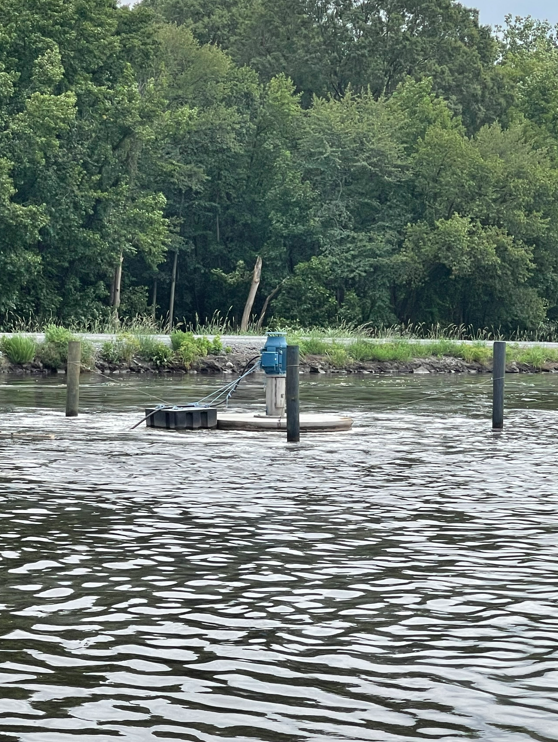
- Began operating a turbulator in the ASB, which pulls oxygen from above the water surface down a steel chute to oxygenate below the surface of water. This not only allows the dredging equipment to be primarily used in the south end of the ASB but serves the same purpose of adding oxygen to the water.
Jun
Week of: June 20
Week of: June 27
Jun
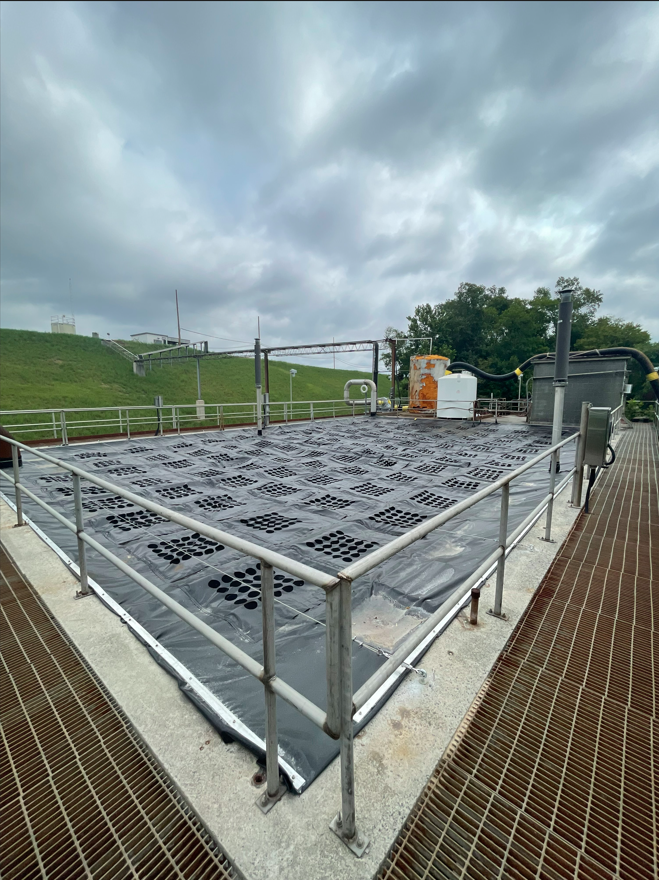
- Installed permanent PAB cover and filter system, which operates aerators continuously to ensure an adequate level of dissolved oxygen is present before effluent reaches the Catawba River.
2023
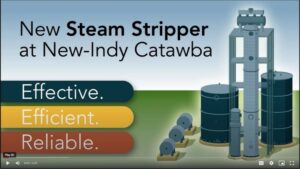
- Design of new steam stripper complete and application for permit submitted to SC DHEC.
Mar
Week of: MARCH 27
Week of: June 12
Jun
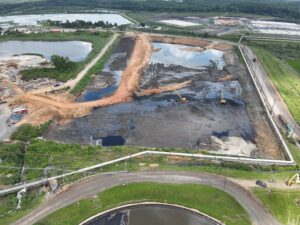
- Removal of legacy solids from the EQ Basin complete.
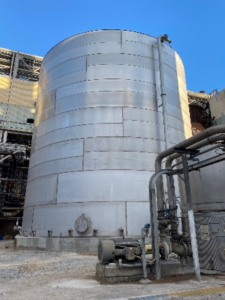
-
New-Indy completed the installation of a massive spill containment system that captures and refines excess used chemicals and recycles them back into the system rather than becoming waste.
Oct
Week of: October 23
Abbreviation Key
| Abbreviation | Meaning | Functional Description |
|---|---|---|
| ASB | Aeration Stabilization Basin | Biological stabilization of wastewater organics |
| CEG | Community Engagement Group | Build trust and confidence with local citizens and other stakeholders and establish an effective and regular dialogue with the local community |
| EPA | Environmental Protection Agency | US environmental agency |
| EQ Basin | Equalization Stabilization Basin | Used as a means of buffering or equalizing the characteristics of wastewater prior to entering the wastewater treatment system |
| H2S | Hydrogen Sulfide | Chemical targeted for ambient air monitoring |
| PAB | Post Aeration Basin | Final aeration polishing basin prior to discharge to Catawba River |
| PM3 | Paper Machine 3 | Production equipment where linerboard is made from pulp slurry |
| SCDHEC | South Carolina Department of Health & Environmental Control | South Carolina state environmental agency |

